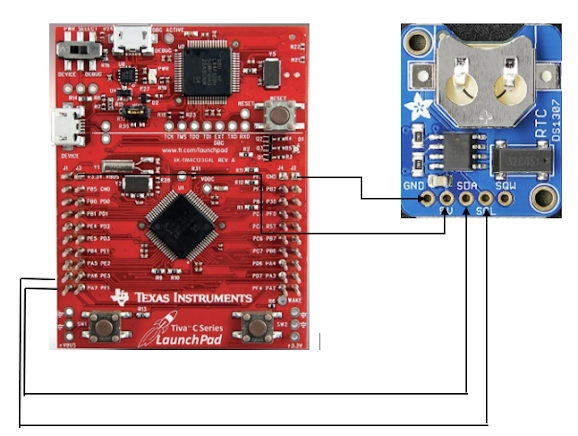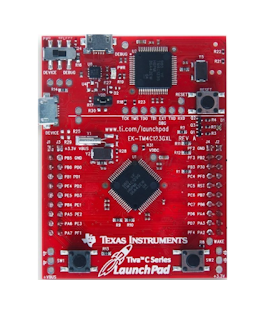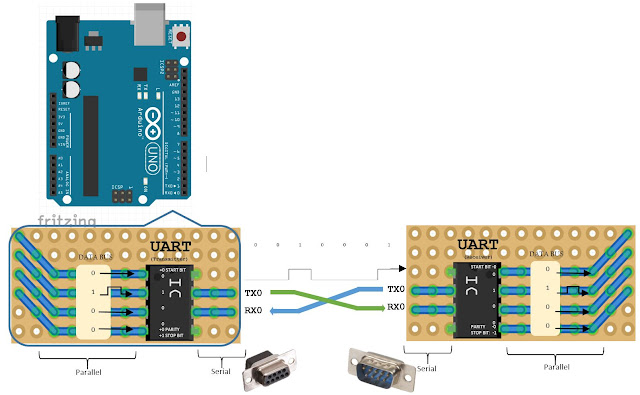In our previous section, Embedded C Programing w/ TM4C123G Microcontroller - 1.0 Register Addresses , it was discussed how to blink an LED by interacting directly with register addresses within the TM4C123G Microcontroller. A not very commune practice. Here, we would like to simplify things by introducing Functions , Macros , and Header Files . Function Currently, the code is a small program easily to interact. But eventually, it would become a little bit more challenging when adding more features. This means, more register addresses to manage. Preliminary Code /* This program toggles the Green LED ON & OFF by using register addresses. The other LEDs (Red & Blue) can be configured as well. All LEDs are high active (a "1" turns ON the LED). PF1 - red LED PF2 - blue LED PF3 - green LED */ int main () { //Clock Gating Register *(( unsigned int *) 0x400FE608U ) = 0x20U ; //enable clock signal to GPIOF //GPIODIR Register *(...




